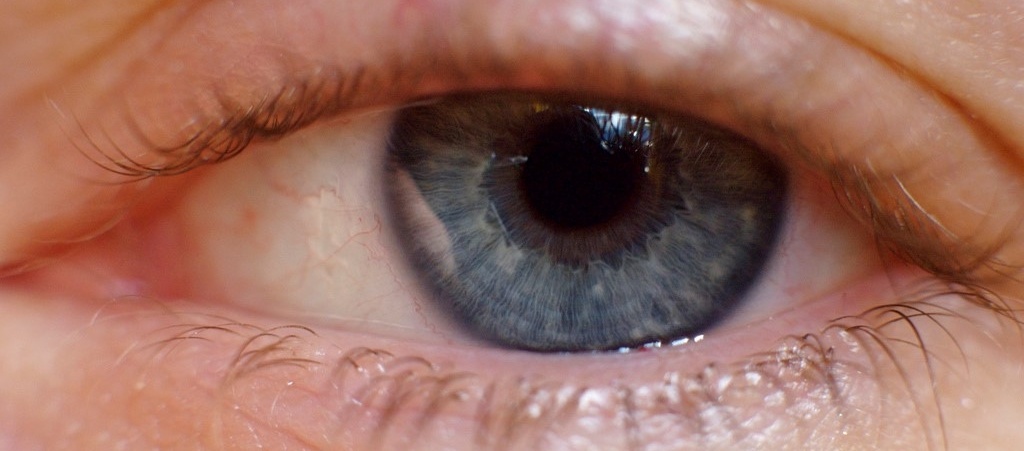
Blepharitis is an inflammation that occurs at the edge of the eyelids causing redness, peeling and swelling of the eyelids. In most cases, the glands located in the eyelids produce excess fat and this fat accumulates in a caseous manner, which causes an inflammation or favors the appearance of bacteria or even parasites.
It is usually a chronic disorder and complicated to treat, however, it does not usually cause permanent damage to vision and is not contagious. Blepharitis can affect people of all ages, although it is more common in people over 50.
There are several types of blepharitis:
– Anterior: affects the outside of the eyelid, where the eyelashes are located. It is usually caused by an excess of fat or by the proliferation of bacteria.
– Posterior: it affects the inner part that is in contact with the eye and is caused by a dysfunction of the Meibomian glands, which are responsible for producing the lipid component of the tear.
– Mixed: the two types mentioned above are produced simultaneously.
The common symptoms that can be associated with blepharitis are usually:
The most common causes of blepharitis are:
Blepharitis is a chronic eye disease with potential for repeated episodes that can become severe if not detected early. Therefore, it is important to have proper hygiene habits, such as daily cleaning of the palpebral edge to prevent the development of the disease.
The treatment will depend on the phase in which the patient is, but initially it usually consists of local heat and massages on the eyelid for at least 5 minutes and daily hygiene of the palpebral edge and eyelashes with specific products (soaps or ophthalmic wipes) in order to remove excess fat.
In the case of staphylococcal blepharitis, in addition to palpebral hygiene, it may be necessary to apply an antibiotic ophthalmic ointment on the edge of the eyelids.
If blepharitis is associated with dry eyes, the use of artificial tears is recommended.
Sometimes it is recommended to follow a diet rich in Omega 3 fatty acids or nutritional supplements containing them due to their anti-inflammatory properties.
If blepharitis is caused by parasites, such as demodex, it may be necessary to clean the palpebral edge and eyelashes with solutions containing tea tree oil.
In cases where blepharitis is caused by nits, these can be removed with an antibiotic or petroleum jelly eye ointment and then manually removed with tweezers.
Blepharitis is associated with other skin diseases, mainly rosacea, may require treatment with oral antibiotics for a prolonged period of time.
In cases of subsequent blepharitis that are difficult to manage, an innovative treatment is indicated, which consists of the application of intense pulsed light (IPL) at the palpebral level, which would also improve the symptoms of dry eyes associated with this pathology.
As it is a chronic pathology, it is advisable to have regular controls with the ophthalmologist to monitor its evolution.
Blepharitis can produce complications, such as
No, it is not contagious.
In most cases it is chronic, so be sure to visit your ophthalmologist to control it in your specific case.
It is advisable to follow a specific treatment as long as it is indicated or you have consulted your ophthalmologist.
The use of chamomile in compresses to apply the heat can be useful depending on the type of blepharitis. The use of other home remedies is not recommended.
It depends on the type of blepharitis you have: if it is previous blepharitis, it is important to clean the palpebral edge and eyelashes with soaps or specific wipes for eye use. If it is posterior or mixed blepharitis, heat and massages should be applied to facilitate the elimination of the fat generated by the glands of the eyelid.
Blepharitis is NOT cured, it is a chronic pathology. The goal of the treatment is to keep the pathology under control and avoid complications.
You should visit your ophthalmologist for an evaluation and rule out other causes of blepharitis. The allergy usually produces redness and peeling of the eyelid skin (eczema) and not blepharitis.
It is not recommended the use of makeup, especially in cases of acute inflammation. It is mainly inadvisable to use eyeliners and mascara because they are in direct contact with the affected area.
Blepharitis is the inflammation of the edge of the eyelid. The stye is produced when one of the glands of the eyelid is obstructed associated with acute inflammatory signs (red, edematous and painful lump). When this obstruction has not been resolved and a cyst has formed, it is called a chalation.

Contact us or request an appointment with our medical team.